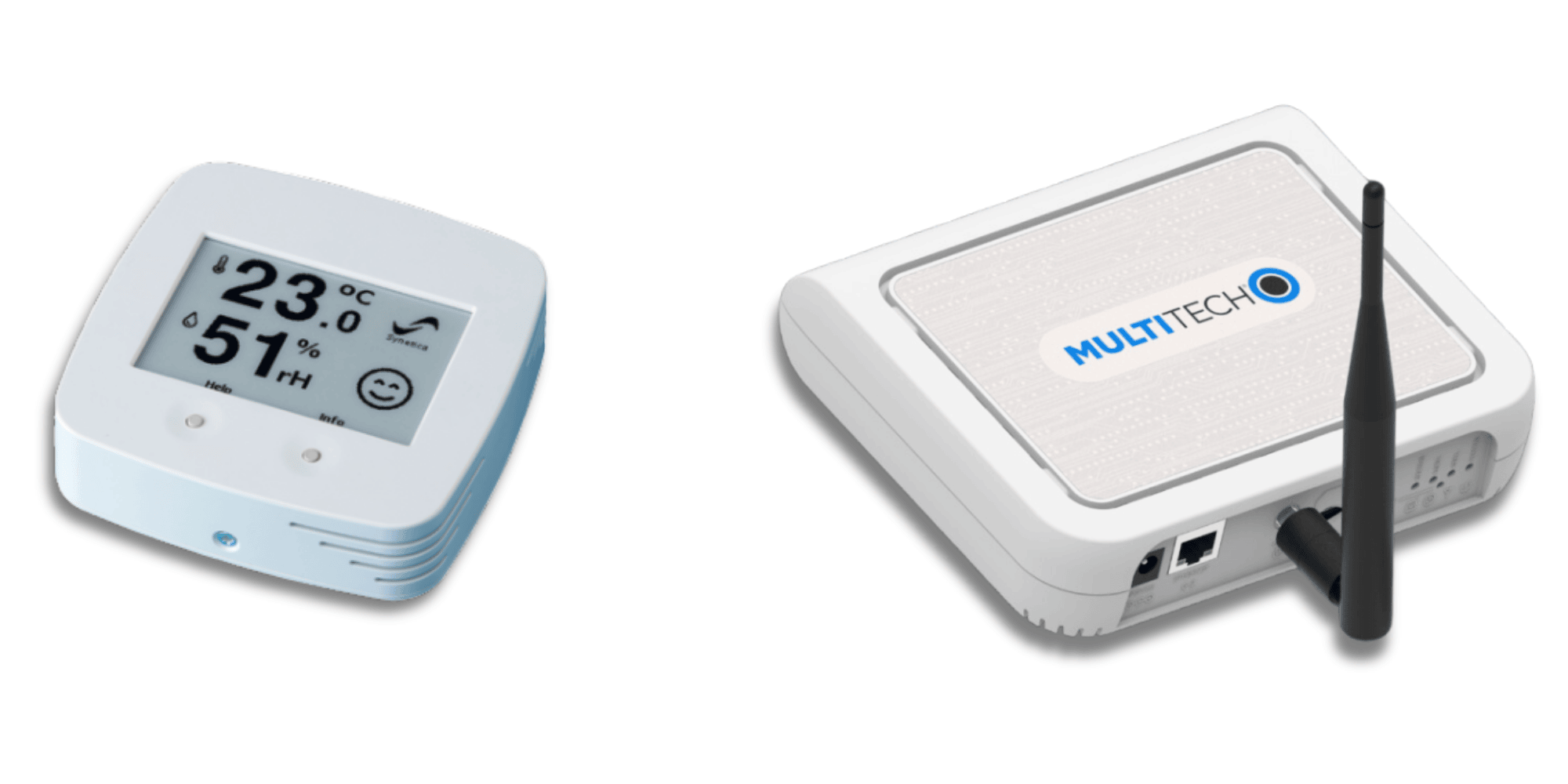Case Study IoT and Sensor Technology for Housing Associations
Introduction
Recent changes to legislation governing Housing Associations have meant that Registered Social Housing providers are responsible for addressing damp and mould issues that present a significant risk of harm to their tenants, within fixed timeframes.
The law holds housing associations and councils accountable for timely repairs, compelling them to prioritise tenants’ health and safety. Its implementation has placed increased pressure on housing associations to improve maintenance practices and upgrade outdated housing stock. While this ensures better living conditions for tenants, it also presents operational and financial challenges for housing providers striving to meet new legal obligations.
“Damp and mould are potential hazards under the Health & Safety Rating System; failing to address them could lead to failure of the Decent Homes Standard and our Home Standard. All providers should have systems in place to ensure that their homes are free from hazardous levels of damp and mould, and to identify and deal with cases promptly and effectively”
Regulator of Social Housing in London.
The Challenge
Understanding the cause of damp and mould is essential before Housing Associations can carry out repairs.
Condensation occurs when warm, moist air hits cold surfaces, forming water droplets. This persistent dampness, especially in poorly ventilated spaces, creates ideal conditions for black mould growth.
Traditionally, landlords send surveyors to inspect homes using tools like hygrometers and thermometers. However, results can vary depending on the day’s conditions. Even if readings fall within WHO guidelines, they may not reflect long-term risks. Black mould on walls and windows signals condensation and highlights the need for extended monitoring, particularly during the colder months.
The Solution – LoRaWAN Wireless Sensor Technology
The LoRaWAN (Long Range Wide Area Network) solution can help Housing Associations tackle the persistent problem of black mould by providing ongoing, real-time monitoring of environmental conditions within the home. This low-power, long-range system continuously measures key factors such as humidity, temperature, and air quality, which are critical in identifying conditions that promote mould growth.
By deploying the LoRaWAN wireless solution in tenants’ homes, Housing Associations can receive early warnings when humidity levels become too high, enabling preventative action to be taken before black mould develops.
The data collected can be analysed to identify trends, helping property managers implement long-term solutions. Additionally, remote monitoring reduces the need for in-person inspections by a Surveyor or Maintenance Contractor, saving time and costs.

Case Study
Kloud9
Kloud9 (AJ Technology LTD) has experienced rapid growth in the ISP space, and we have been their trusted partner throughout this journey. We’ve supported them in their mission to provide high-speed broadband across the UK, particularly with their rapidly evolving cabinet and network infrastructure.
Case Study
Western Power Distribution
We have supplied critical infrastructure network solutions to Western Power Distribution since 2005, and a close working relationship continues today.
Among the numerous projects we’ve undertaken for WPD, one of our key responsibilities was to enhance the resilience and security of their existing fibre optic network. This was achieved through a meticulously managed, multi-stage implementation process of upgrading their PDH and SDH networks.





